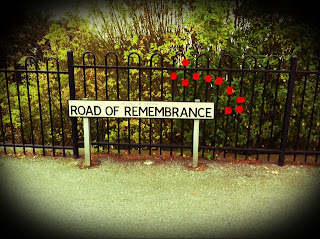...
After a month of overtime work, and a few weeks of relax, it's dissertation mode on full.
I have received a feedback from my proposal, and this is the main things I need to put my thoughts on:
# Research objectives need to be put in the broader sense, which makes more sense, as it is an academic piece of work;
# Decide whether I want to look at creativity in tourism or creative tourism. There is a fine difference.
Also I have to decide on the word limits on each of my components for the dissertation.
At the moment what I believe is the generic structure of a dissertation is this:
1) Title page;
2) Abstract;
3) Introduction;
4) Literature review;
5) Methodology;
6) Findings and Discussion;
7) Conclusion;
8) References;
9) Appendices.
For Lit review and Methodology I believe will have to do at least 3500-4000 words on each section; Introduction + Conclusion will be around the 1000 mark; Findings and Discussions will have to be around 5000-6000 as well, all in all rounding to 16 000 words.
Scary......
...... Even more scarier thought
Next time - more thoughts on this! =]











